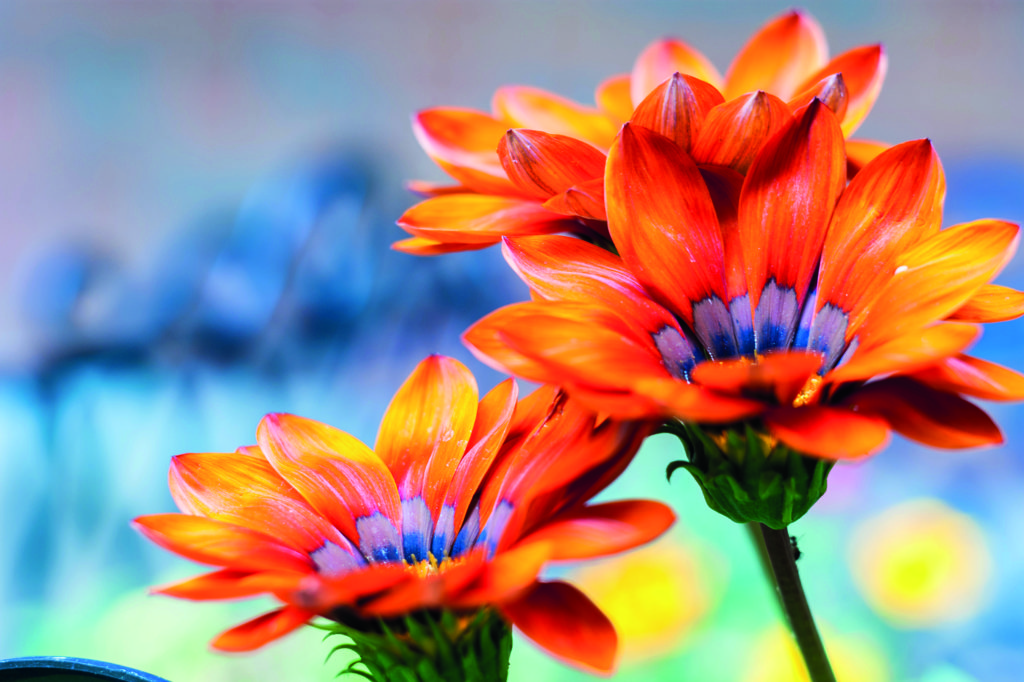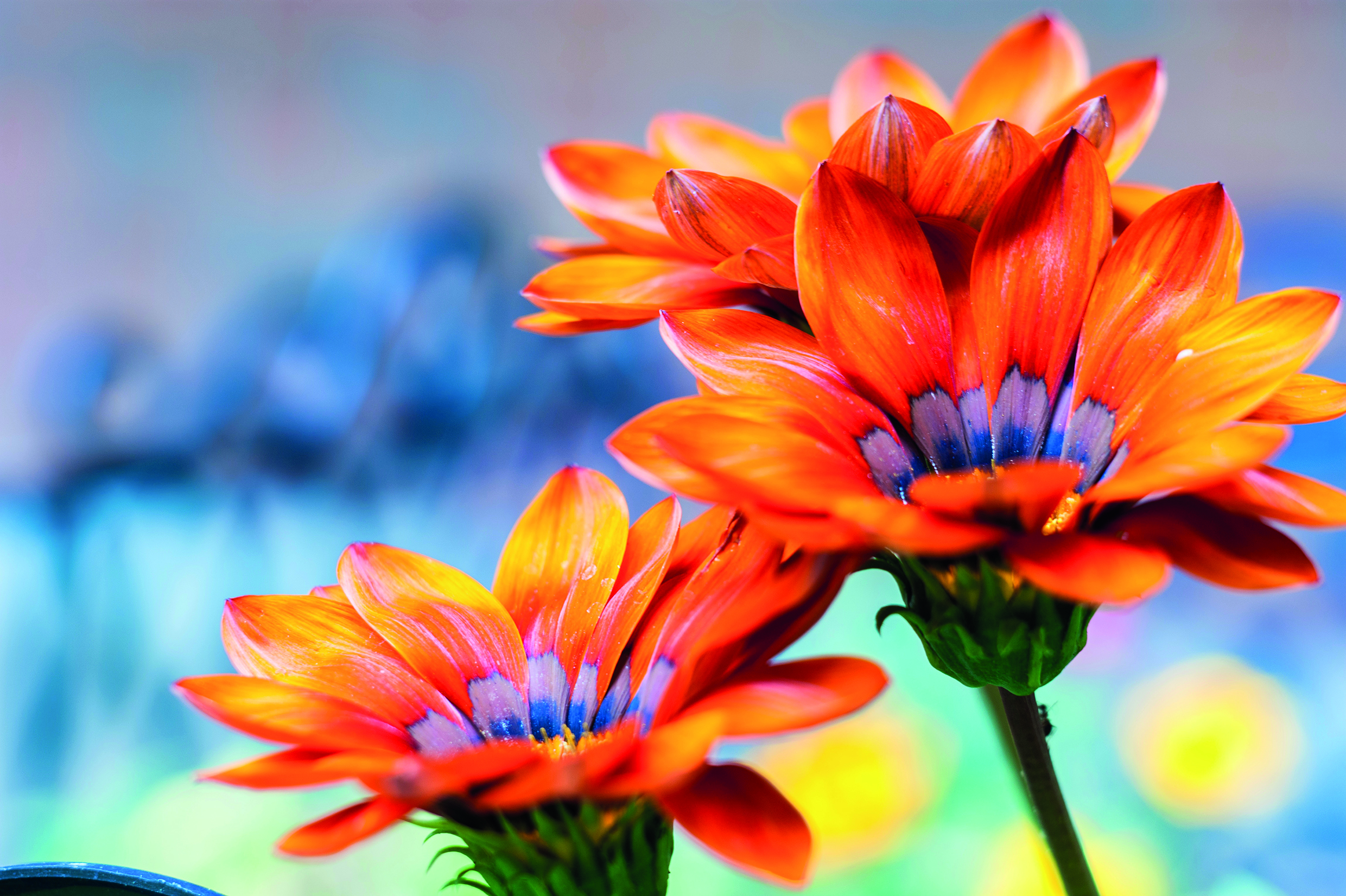
Summer’s here at last, with everything bursting into bloom. Here’s what to do to keep it looking at its best.
Pruning:
Deadhead your roses to keep them flowering, likewise other perennials like geraniums and viola, snipping off browning heads or flower spires with secateurs. And pick sweet peas daily to keep them coming, filling your house with gorgeous scented.
Old flower headsof Euphorbia characiasshould be pruned back now and oriental poppies can be cut right back after flowering too. Big clumps of hardy geraniums and nepeta (catmint) benefit from being sheared right back after flowering – to give them a second flush.
Prune spring flowering shrubs such as weigela, philadelphus and deciduous magnolias, followed by a general purpose organic fertiliser and mulch.
If you haven’t already, you can still prune evergreen topiary and hedges, taking about 5cm of new growth from box – ideally with pruning shears.
Planting:
If you haven’t already, now is the time to plant up your window boxes and with summer bedding plants to give you colour through the summer months.
For the veg growers, if you haven’t already, plant out runner beans, courgettes, and tomatoes – which like a sunny wall, lots of water and a weekly high potash fertiliser.
If you have a large clump of irises, now, after flowering, is the time to divide them up to make new plants. You can also continue to plant out gladioli.
Thin out hardy annual seedlings such as cornflowers or nigellas, sown in May.
Tidying:
Mow the lawn once or twice a week – little and often is the best way to create a healthy lawn. Raise the blades if it’s dry and make sure newly laid grass doesn’t dry out.
Keep on top of weeds – digging out perennials like dandelions from lawns or beds –any roots left can regrow.
Cut down dead foliage on bulbs – around six weeks after flowering and ideally when it’s gone yellow.
Stake tall perennials like phlox and hollyhocks to avoid them collapsing or being battered by rain.
Keep tying in climbing and rambling roses to – ideally horizontally to encourage more flowers. Prune Clematis montana back into its allotted space, as well as honeysuckle and other vigorous climbers.
Look out for aphid infestations and squeeze them off with your fingers or spray them off with soapy water. And keep a look out for slugs and snails, particularly around new shoots and after its rained. Take them off by hand and drown them in a bucket of water or use organic slug pellets or beer traps (jars of beer sunk into the soil to attract and drown slugs!).
Surround ripening strawberries with straw to keep them off the soil and protect fruit bushes with netting.
Watering and feeding…
Give the garden a good soak once or twice a week in warm weather, concentrating on newly planted shrubs and trees. You may need to water containers daily when it’s hot – particularly if they’re newly planted. Ideally water in the morning or evening.
Apply or renew a mulch of well-rotted manure to cut down on weeding and watering – ideally after a downpour, as mulch keeps water out, as well as in.
Feed flowering pot plants weekly with liquid fertiliser and give hungry plants like sweet peas and clematis a mid season boost of general purpose organic fertiliser such as blood fish and bone, and water in.

